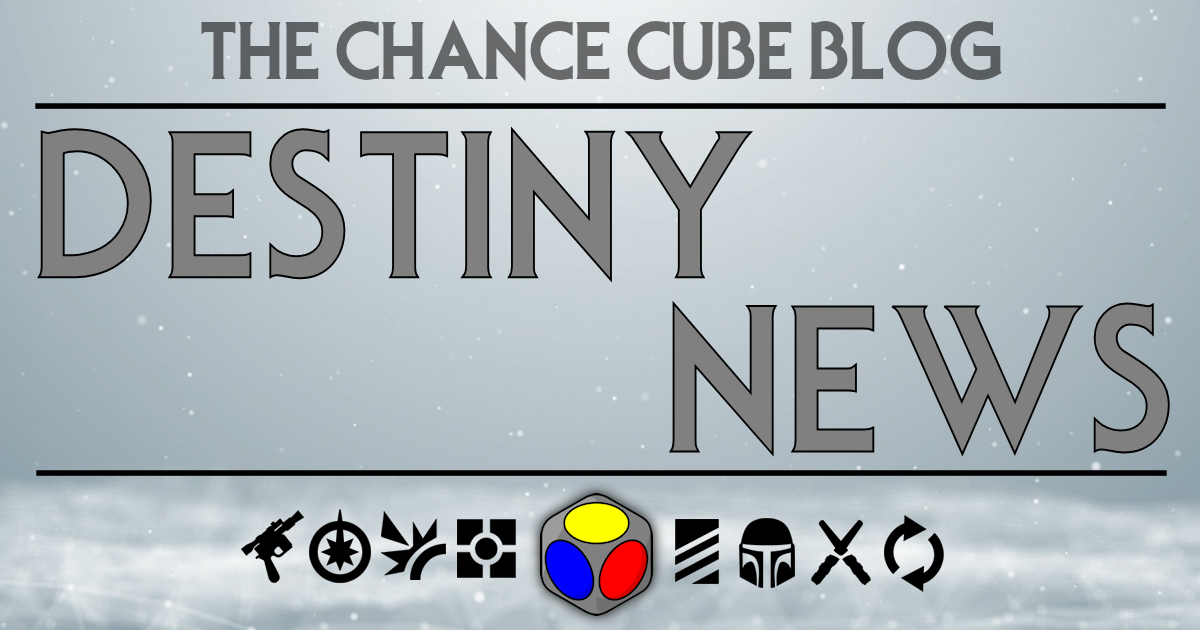Fantasy Flight Games has a very well run Organized Play (OP) program for all of their competitive games. Along with the ladder tournament system (Relaxed, Store Championship, Regional, National, and Worlds), they provide excellent support for local run events, leagues, and other major conventions and events. As part of their effort to standardize their tournaments, they release official FAQ’s and tournament regulations, updating both as needed. Fantasy Flight Games just released version 1.0 of their Star Wars: Destiny Tournament Regulations. This is an overview of those regulations which go into effect January 1, 2017.
Part I (Organizer Roles) is a standard cut and paste from OP’s other Tournament Regulations. While these roles will certainly come into play in larger events, for Relaxed events, one person will most likely be filling all the roles. Due note, however, that a Judge or Marshall, when not conducting official duties, they are considered a Spectator, and are only there to observe and not interfere with the games in progress. Part I does have a section that states that a Player can be removed from an event for unsporting conduct, and gives some examples of such conduct, but leaves the punishment to the Organizer.
Part II (Tournament Materials) talks about the items that each Player and Tournament Organizer must bring with them. Players are not required to reveal any dice until the corresponding card is in play during the game. Of note also is that Players decks must be sleeved in identical opaque card sleeves. Character and battlefields may be sleeved, and if they are, they must be different than the sleeves for their draw deck. Third party tokens are allowed, and if you lose or have a damaged card/die, you have the opportunity to find a replacement. Finally, like all Fantasy Flight Games, for Relaxed and Formal events, all products are legal upon official release. For Premiere events (like a Regional), they are legal 11 days after release.
Part III (Tournament Play) talks about the basics of game play during a tournament. Some examples are how dice procedures work (roll away from dice pool, don’t unintentionally bump or change die faces, when spending dice, keep the die face showing until that die is rolled again). In a nutshell, the intention is to make it so that if a question is raised about a die face, it can be easily seen, and not changed intentionally. Game setup and play is as done in the rule books, there is no “initiative” for taking less than 30 Character Points. Finally, the Missed Opportunities rule is in play, so, basically, if you miss a game effect, you cannot retroactively use that without the consent of your opponent.
Part IV (Tournament Concepts) covers round times, pairings, and winning. Here is the really important part of this document. A tournament is divided into two parts, Swiss rounds and Single Elimination. Swiss rounds are 35 minutes long, and are played as a single game against a single opponent. During the Single Elimination phase it is a best-of-three with a 90 minute time limit. The Final Stage is also a best-of-three with a 120 minute time limit. Pairings during Swiss are done randomly based on tournament points. Each Swiss game round ends if a normal victory happens (all characters are defeated or an empty deck and hand), when time is called, or when a player concedes. When in the Single Elimination games, if a winner is not determined in the first two games, the loser of the second game determines the Battlefield for the third game. If a game goes to time, the winner is first determined by who has the least amount of damage done to their characters (including those who are defeated). If that is a tie, then it goes to the person who has the most cards in their deck. If that also is a tie, it goes to the player who controls the battlefield. Players earn 1 points for a win, 0 for a loss. For Tournament Organizers, Tiebreakers are determined by Strength of Schedule, then Extended SoS, and finally randomly.
Part V (Tournament Structures) has tables that show how many rounds of Swiss are played and what the size of the cut is for Single Elimination. There are tables for Relaxed and Store Championships (Basic) and one for Regionals and Above (Advanced). This section is nice to briefly look at, but really isn’t necessary for most players.
Part VI (Tournament Tiers) briefly describes the differences between Relaxed, Formal, and Premiere events, and what players should expect from each level of competition. The vast majority of events are considered Relaxed, where the focus is on creating a fun and friendly environment, where players are encouraged to help each other improve and learn the game.
If you wish to read the document yourself, please go here. It is the download link to the official Tournament Regulations from Fantasy Flight itself.
Support The Chance Cube
Do you enjoy the content provided by The Chance Cube? Would you like to connect even further with The Chance Cube Family? Consider supporting this content by joining our Patreon. We are a team dedicated to media coverage and community building, committed to bringing you the best of this game, sharing the joy and community that comes with it. Our Patreons enjoy membership in The Chance Cube Hangout, our Facebook group for supporters of the channel, and we have additional tiers that include gifts from us to you as a thanks for the generous support. Find out more at patreon.com/thechancecube.
